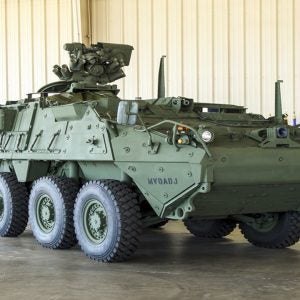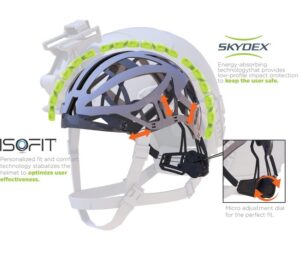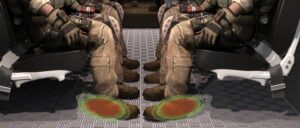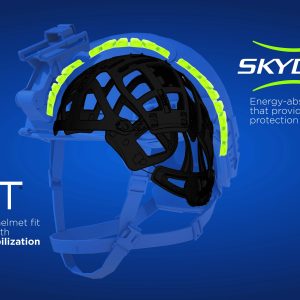SKYDEX and TSS Partner to Revolutionize Blast Protection for Armored Vehicles
SKYDEX, a global leader in advanced impact mitigation and energy absorption solutions, has announced that it has partnered with TSS International, a world leader in vehicle protection solutions, to revolutionize how armored vehicle manufacturers are designing for blast protection.
In an effort to elevate existing vehicle protection standards, TSS and SKYDEX have joined forces to continue to improve the safety of armored vehicle platforms and offer the most advanced protection solutions in the industry. With a range of products that offer protection based on both specific vehicle design and various threat levels, and the ability to gain insights into how the vehicle and system will respond in a blast event, this partnership will change how vehicle manufacturers approach vehicle design from the beginning.
“SKYDEX has a range of solutions that provide blast impact protection and we’re honored to partner with TSS to take our designs to another level for the armored vehicle community,” said Alvaro Vaselli, President and CEO of SKYDEX. “With more than 20 years of experience protecting people and solving unique challenges for the military, SKYDEX understands that blast protection is critical for all vehicle platforms. Our advanced materials are engineered to reduce the risk of injury and in collaboration with a leader in vehicle protection solutions like TSS – we’ll continue to save lives.”
“We’re proud to collaborate with SKYDEX on revolutionizing blast protection,” said Louis Huijzen, Managing Director of TSS. “The numbers are startling and 81% of all soldier injuries were related to under-vehicle IED blasts and have typically been lower leg injuries. Between our sophisticated evaluation and modelling service and SKYDEX’s incredible technologies, we are now ensuring that armored platforms are doing more to protect occupants.”
The combined expertise of SKYDEX and TSS will serve as a valuable asset to the defense and armored vehicle community, as together they will continue to strive toward more advanced research methods, varying protection standards, and ensuring the well-being of vehicle occupants.








